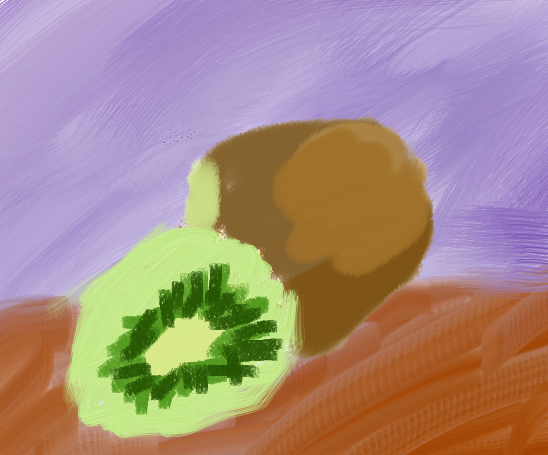I’m a bit late on this one… the holiday season’s crowding in on us, and soon people will consider it winter instead of fall, but I want to cover this anyway since few know there are autumn seasonal fruits.
The source for this, primarily, is the Greatist.com list 19 Seasonal Fruits and Veggies to Eat This Fall.
There are healthy fruits that come from autumn harvests. Persimmons, pears, cranberries, grapes, and two I’ll highlight here:
1. Apple
The mythical apple, poisoner of Snow White, a symbol of temptations that made it into Renaissance paintings of Eden (though the oral tradition often points out Eve and Adam ate grapes, fruit of the vine that still carries power).
Apples are good to eat, and a product of autumn harvest, which is why you see Fall Festivals with candy apples or “bobbing for apples” contests.
But not all apples are created equal. There are over 7,500 varieties of apples: of these, “Fuji apples have the highest concentration of antioxidants, phenolics, and flavonoids, while Cortland and Empire apples have the lowest” (the Greatist article). I like Granny Smith apples too…. though I’m guessing they’re somewhere in the middle on flavonoids, I’ve found them to have a mild stomach-calming effect. I have mitochondrial-related disease of some sort, and when I was at my worst in Fall of 1991, there was a time when I couldn’t keep anything down excepting Granny Smith apples and peach sparkling water.
High-flavonoid, high-antioxidant foods become super important when dealing with mitochondrial involvement in disease, or eating for mitochondrial health just because you find it helpful. I write with the former in mind.
2. Kiwifruit
“This fuzzy little fruit was brought to California in the 1960s and flourishes there September through December.” (Greatist article)
The kiwi is an unusual fruit. They’re berries, with tiny edible seeds like a strawberry, but they grow on a vine, but they have an inedible furry exterior like a less ambitious coconut. Australasia tends to have bizarre animal species, like the kangaroo and duckbill platypus, and the kiwifruit is like the duckbill platypus of the berry family (though it didn’t begin in Australasia). Originally yang tao or the “Chinese gooseberry,” it spread from Southern China to New Zealand in the early 20th century and became popular with American GIs stationed in New Zealand during World War II. “Jack Turner of produce exporters Turners and Growers suggested the name kiwifruit in 1959.” (from Wikipedia), Kiwifruit orchards subsequently spread and got bigger in New Zealand, and by the ’80s their cultivation was thoroughly globalized and they became available in your local produce aisle.
Kiwifruit like growing in Mediterranean climates like New Zealand, California and Italy and Chile. Italy actually has a slight lead over New Zealand in tons of kiwis produced annually and is world #1 in kiwifruit tonnage (source). But I think most Italian kiwifruit likely supplies Europe, and U.S. buyers probably have kiwi from California or Chile, though surprisingly this 2005 world kiwifruit production map shows upstate NY as having North America’s only productive kiwifruit orchards (at least for 2005).
Bees have to pollinate kiwis for good yields, but they prefer pollinating other, less difficult plants, so it’s a beekeeper challenge. More on our threatened bee population in another post.
Kiwifruit are high in Vitamin C (one kiwi is 1.5 times the daily requirements for C) plus Vitamin E, Vitamin K, flavonoids, has a mild anticoagulant effect, and more. (source)
Warning: kiwifruit may cause allergic reactions in sensitive people.
Personally, I do like them, they just get a bit harshly acidic… so eating a big one at once can burn. The kiwifruit I’ve eaten in NY are enormous compared to what I remember from the late ’80s. Size and acidity varies widely by kiwifruit species (there are around 60 species).
I painted a kiwi, hopefully well enough it’ll help you identify one should you encounter one in your daily life.

Of course, if you live in a food desert like the scenarios I described in my previous post, it can be difficult to impossible to access healthy seasonal fruits….
Nick
